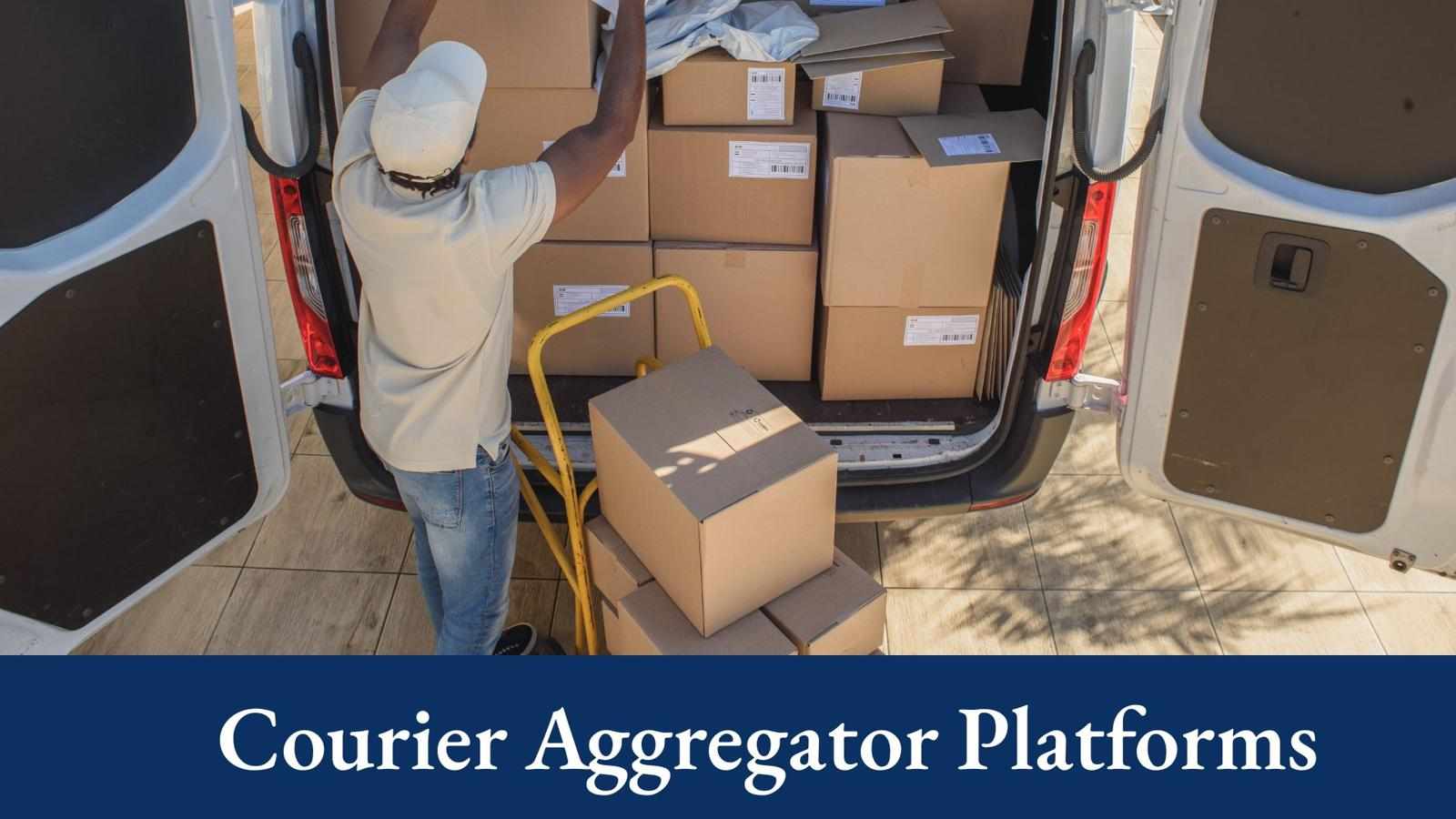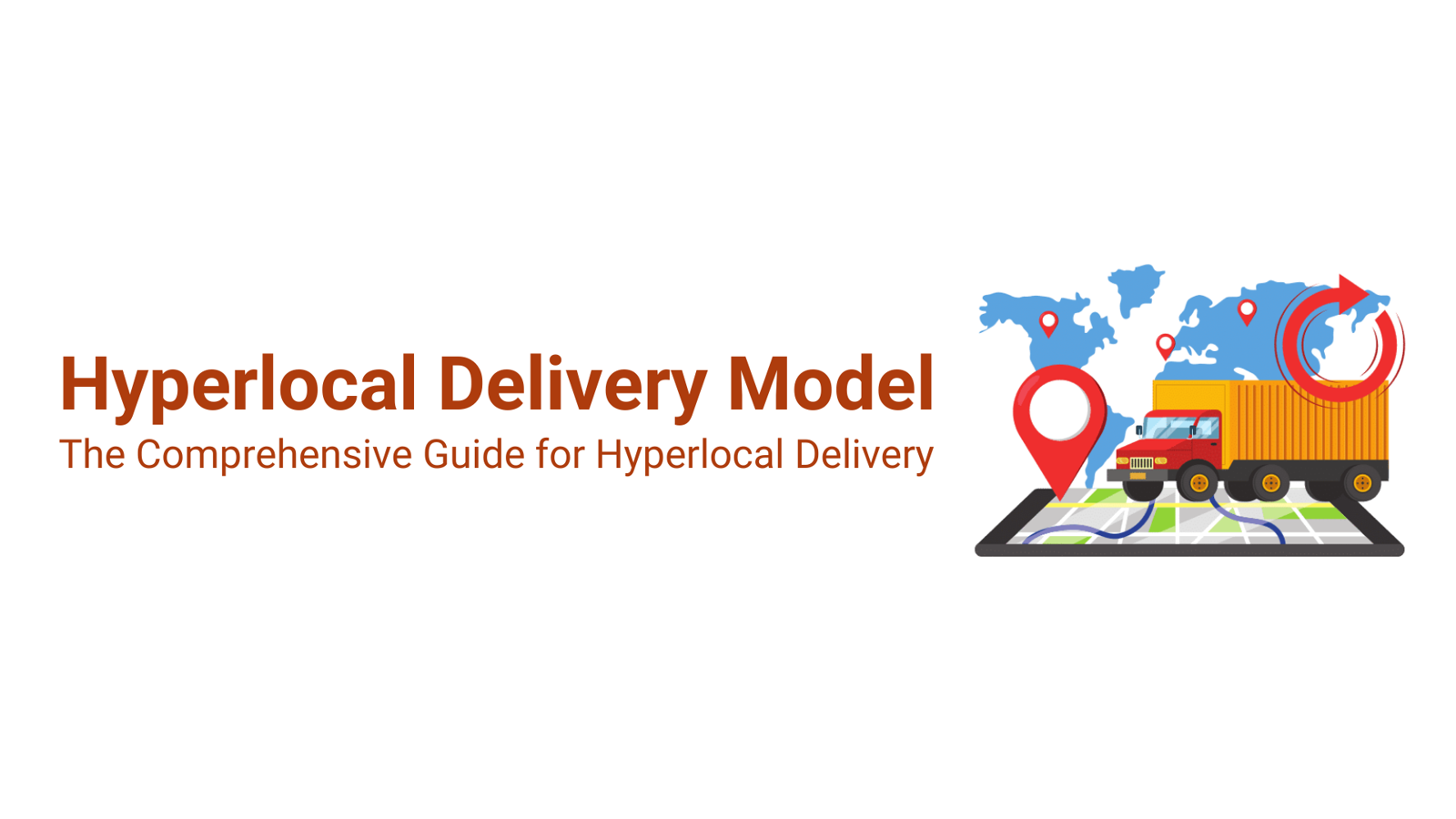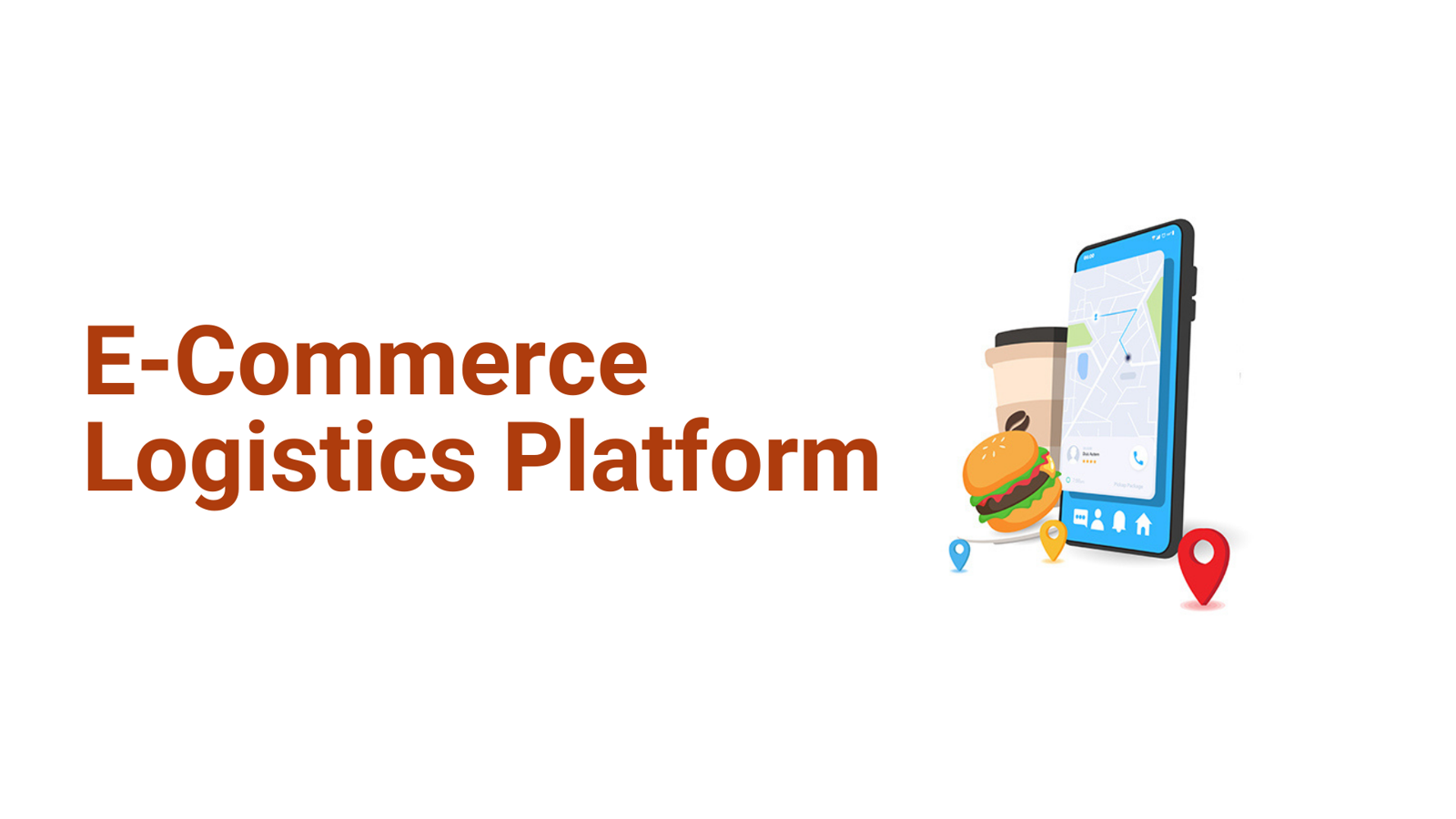Return to Origin (RTO) has emerged as the silent profit killer in Indian e-commerce, with industry reports showing RTO rates ranging from 20-25% for most businesses and reaching as high as 40-50% in certain sectors. Unlike mature e-commerce markets, India's unique challenges—complex addressing systems, Cash on Delivery (COD) preferences, and diverse customer behaviors—make RTO management particularly critical for business survival.
This guide provides a clear, actionable 5-step framework designed specifically for the Indian market to systematically reduce RTO rates and transform this operational burden into a competitive advantage. By implementing these strategies, businesses can protect their bottom line while building stronger customer relationships.
The True Cost of RTO: More Than Just a Return
RTO represents far more than a simple failed delivery—it's a cascade of financial and operational damage that compounds across every aspect of your business. Understanding the true cost is essential for building urgency around RTO reduction initiatives.
Financial Drain: The Double-Hit Impact Every RTO order creates a devastating double-hit to your finances. You pay for the forward shipping to attempt delivery, then pay again for reverse shipping when the product returns to your warehouse. With shipping costs averaging ₹50-150 per order, an RTO immediately creates a ₹100-300 loss before considering any other factors. For businesses with 30% RTO rates, this means nearly one-third of shipping costs are pure waste.
Operational Burden: The Hidden Costs When products return to your warehouse, they require inspection, repackaging, quality checks, and inventory reconciliation. Staff time must be allocated to process returns, update inventory systems, and prepare products for resale. These operational costs can add ₹20-50 per returned item, turning a ₹300 product into a loss-making transaction after accounting for RTO-related expenses.
Inventory Lock: The Opportunity Cost Products stuck in RTO cycles represent dead capital. While items are in transit or being processed as returns, they cannot generate revenue. For fast-moving inventory, this represents a significant opportunity cost, especially during peak selling seasons when demand is highest. The cash flow impact becomes severe for businesses operating on thin margins.
Customer Dissatisfaction: The Long-Term Impact Failed deliveries erode customer trust and damage lifetime value. Research shows customers who experience failed deliveries are 60% less likely to place future orders. In India's competitive e-commerce landscape, where customer acquisition costs continue rising, losing customers due to delivery failures becomes an expensive proposition that extends far beyond the immediate RTO cost.
The 5-Step Framework to Systematically Reduce RTO
This comprehensive framework addresses RTO reduction at every stage of the order fulfillment process, from the moment a customer places an order through final delivery and beyond.
Step 1: Fortify the Pre-Dispatch Stage
The most cost-effective RTO reduction happens before orders leave your warehouse. By implementing robust pre-dispatch controls, you can prevent 40-60% of potential RTOs from ever occurring.
Key Action: Implement Address Verification APIs Deploy real-time address validation during the checkout process using Google Maps API or similar services. This technology can identify incomplete addresses, non-existent locations, and problematic pin codes before orders are confirmed. Advanced systems can also standardize address formats and suggest corrections to customers in real-time.
Address verification should include:
Pin code validation against serviceable areas
Address completeness checks (house number, landmark, area)
Geocoding to verify exact locations
Automatic flagging of high-RTO pin codes
Key Action: Implement Automated COD Order Confirmation Since COD orders have RTO rates 3-4 times higher than prepaid orders, implementing a multi-channel confirmation system is crucial. Use IVR (Interactive Voice Response), WhatsApp messaging, or SMS to confirm COD orders within 30 minutes of placement.
The confirmation process should:
Verify customer intent and readiness to receive the order
Confirm delivery address and contact details
Provide estimated delivery timeframes
Offer prepaid conversion incentives (discounts, faster delivery)
Cancel orders that cannot be confirmed within 2-3 attempts
Studies show that COD confirmation can reduce RTO rates by 25-35% while improving cash flow through increased prepaid conversions.
Step 2: Master Proactive Customer Communication
Customer anxiety and uncertainty drive many delivery failures. By maintaining transparent, proactive communication, you can significantly improve first-attempt delivery success rates.
Key Action: Provide Live, Map-Based Tracking Implement GPS-enabled tracking that allows customers to see their delivery agent's real-time location. This transparency reduces customer anxiety and allows them to prepare for delivery. Advanced tracking systems should integrate with customer apps or provide web-based tracking pages with live updates.
Key Action: Send Automated, Real-Time Delivery Alerts Deploy a comprehensive communication system that sends timely updates at crucial delivery milestones:
Order Confirmation: Immediate confirmation with expected delivery date
Dispatch Notification: When the order leaves the warehouse with tracking details
Out for Delivery: Morning notification when the order is loaded for delivery
Arriving Soon: 15-30 minute advance notification before delivery attempt
Delivery Completed: Confirmation with delivery proof and feedback request
The communication should be multi-channel (SMS, WhatsApp, email, app notifications) to ensure customers receive updates through their preferred channels.
Step 3: Empower Agents at the Doorstep
The delivery agent is your final opportunity to convert an attempted delivery into a successful one. Empowering agents with the right tools and flexibility can dramatically improve first-attempt success rates.
Key Action: Offer Easy One-Click Rescheduling Options When customers cannot receive orders immediately, provide instant rescheduling options rather than attempting re-delivery blindly. This can be implemented through:
QR codes on delivery notices that link to rescheduling pages
SMS links sent immediately after failed delivery attempts
WhatsApp chat bots that allow instant rescheduling
Mobile apps with one-tap rescheduling functionality
Customers should be able to select new delivery dates, time slots, and even alternate delivery addresses within minutes of a failed delivery attempt.
Key Action: Implement Digital Proof of Delivery (ePOD) Systems Equip delivery agents with mobile apps that capture digital signatures, photos, and GPS coordinates for every delivery attempt. This technology provides:
Accountability for delivery agents through location tracking
Photo evidence of delivery attempts at the correct address
Customer signatures or photos for completed deliveries
Real-time updates to customers and operations teams
Data for analyzing delivery performance and identifying problem areas
ePOD systems reduce disputes, improve delivery success rates, and provide valuable data for operational optimization.
Step 4: Implement Intelligent Non-Delivery Management
When deliveries fail, intelligent management of non-delivery reports (NDRs) can recover 30-50% of orders that would otherwise become RTOs.
Key Action: Automate Smart Re-Attempt Strategies Instead of immediately returning failed orders, implement data-driven re-attempt strategies:
Time-Based Re-attempts: Schedule second attempts based on customer preferences and historical delivery success patterns
Location-Based Routing: Group re-attempts by geographic proximity to optimize delivery routes
Customer Preference Matching: Use past delivery data to identify optimal delivery windows for specific customers
Multi-Channel Outreach: Contact customers through multiple channels to coordinate re-delivery
Key Action: Deploy Real-Time NDR Management Panels Create dashboards that provide instant visibility into failed delivery attempts with specific reasons and recommended actions:
Categorized Failure Reasons: Customer not available, address issues, payment problems, customer rejection
Automated Action Triggers: Different workflows based on failure type
Performance Analytics: Track agent performance and identify systemic issues
Real-Time Notifications: Alert operations teams to high-priority NDRs requiring immediate attention
This system should automatically route different types of NDRs to appropriate resolution workflows, maximizing the chance of successful re-delivery while minimizing processing time.
Step 5: Leverage Data to Prevent Future RTOs
Data-driven insights transform RTO management from reactive problem-solving to proactive prevention. By analyzing patterns and trends, businesses can make strategic decisions that prevent RTOs before they occur.
Key Action: Implement Comprehensive Analytics Dashboards Deploy analytics systems that provide actionable insights across multiple dimensions:
Geographic Analysis: Identify high-RTO pin codes, cities, and regions to adjust service strategies
Product Performance: Track RTO rates by product category, price range, and seasonality
Courier Partner Analysis: Compare delivery success rates across different logistics providers
Customer Behavior Patterns: Identify customer segments with higher RTO propensity
Temporal Analysis: Understand how RTO rates vary by day of week, time of day, and season
Key Action: Enable Predictive RTO Prevention Use historical data and machine learning to predict and prevent RTOs:
Risk Scoring: Assign RTO risk scores to orders at checkout based on address, customer history, and product type
Dynamic COD Restrictions: Automatically restrict COD options for high-risk orders or locations
Targeted Interventions: Apply additional verification steps for orders flagged as high-risk
Inventory Optimization: Adjust inventory allocation based on predicted RTO rates by location
Advanced systems can automatically implement prevention strategies, such as requiring video calls for high-value COD orders in high-RTO areas or offering attractive prepaid discounts to risky customer segments.
Unifying Your Strategy: The Role of a Logistics Platform
Managing these five steps across multiple vendors, systems, and processes creates complexity that often undermines RTO reduction efforts. Successful businesses increasingly rely on integrated logistics platforms that unify all aspects of RTO management.
A comprehensive logistics platform serves as the central nervous system for RTO reduction, integrating customer communication, agent management, analytics, and operational workflows into a single, coherent system. Instead of managing separate tools for address verification, customer communication, delivery tracking, NDR management, and analytics, unified platforms provide seamless integration that enables more sophisticated RTO reduction strategies.
Modern logistics platforms offer several key advantages:
Single Source of Truth: All delivery data flows through one system, enabling better decision-making
Automated Workflows: Complex RTO reduction processes can be automated based on predefined rules
Real-Time Optimization: Systems can adjust strategies in real-time based on current performance data
Scalable Solutions: Platforms grow with business needs without requiring system overhauls
For businesses serious about RTO reduction, the question isn't whether to implement these strategies, but how to implement them efficiently and effectively through integrated technology solutions.
Conclusion: From RTO Reduction to Business Growth
RTO is not an unavoidable cost of doing business in India—it's a manageable operational metric that, when properly controlled, becomes a significant competitive advantage. The businesses that master RTO reduction don't just save on logistics costs; they improve customer satisfaction, optimize cash flow, and build operational efficiency that scales with growth.
The 5-step framework outlined in this guide provides a systematic approach to transforming RTO from a profit drain into a strategic capability. By fortifying pre-dispatch processes, mastering customer communication, empowering delivery agents, implementing intelligent NDR management, and leveraging data analytics, businesses can achieve RTO reductions of 40-60% within 3-6 months.
The impact extends beyond immediate cost savings. Lower RTO rates improve customer lifetime value, reduce working capital requirements, and create operational capabilities that support rapid scaling. In India's competitive e-commerce landscape, where margins are thin and customer acquisition costs are rising, mastering RTO reduction isn't just an operational improvement—it's a fundamental requirement for sustainable profitability and growth.







Write a comment ...